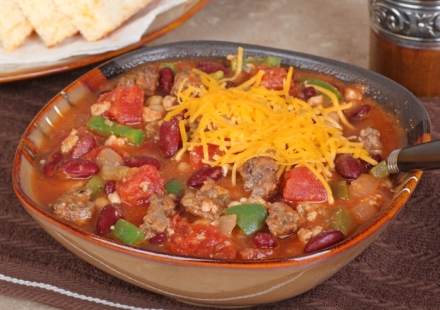Grated and shredded cheese are two popular types of cheese. But what is the difference between them, and which should you use for your next dish? Grated cheese is finer than shredded cheese and is therefore suitable for sauces and casseroles. Shredded cheese has a coarser texture, making it ideal for topping tacos or nachos.
The main difference between grated and shredded cheese is its form. Grated cheese is made up of very thin strips, whereas shredded cheese is made up of larger bits of varied sizes. Both types of cheese can be used interchangeably in recipes, but knowing the differences can help you make the best choice for your recipe!
- The must-have convenient reference guide for every home cook!
- Includes more than 8,000 substitutions for ingredients, cookware, and techniques.
- Save time and money on by avoiding trips to grab that "missing" ingredient you don't really need.
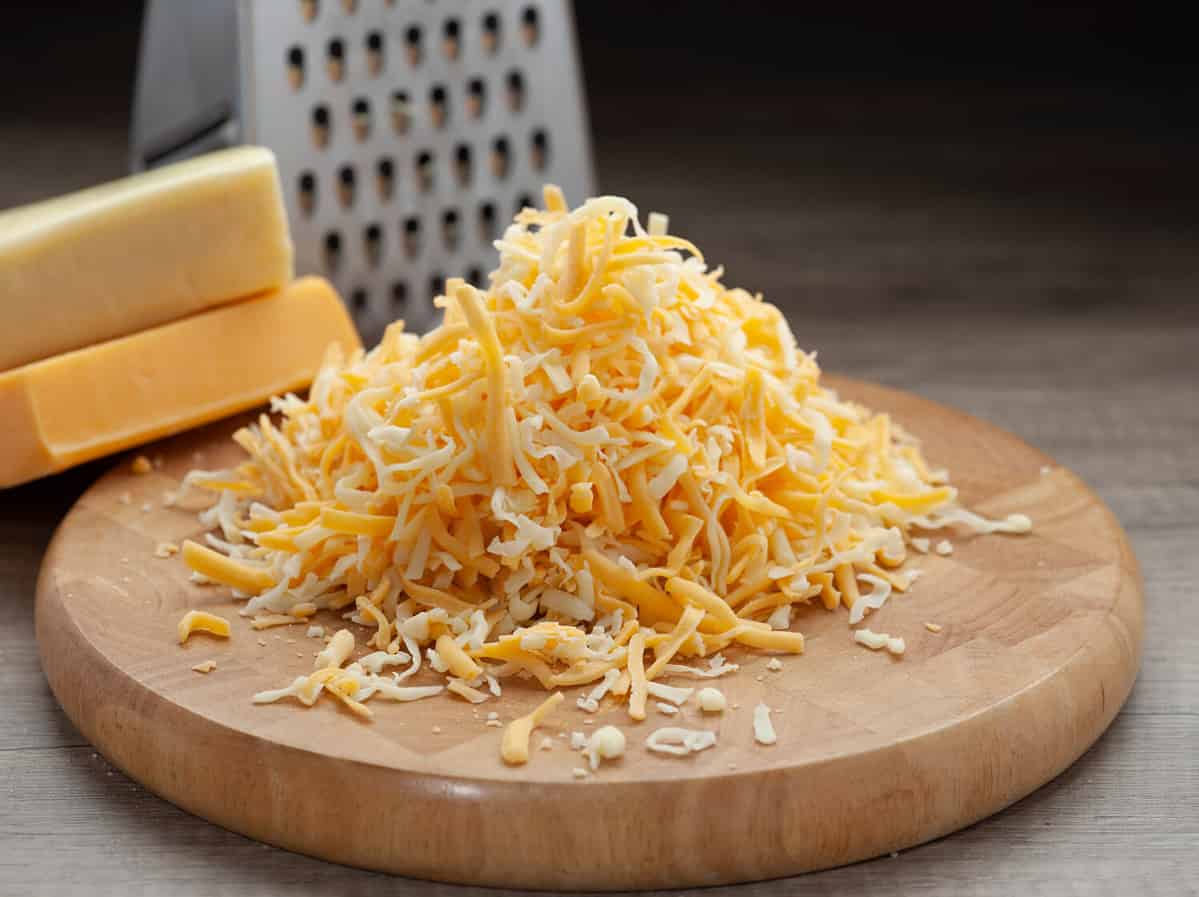
Shredded cheese has been sliced into small, thin strips for garnishing or cooking.
©Robert Stedman Pte Ltd/Shutterstock.com
What Is Grated Cheese?
Cheese that has been grated into little bits is known as grated cheese. This can be done with the help of a cheese grater, food processor, or other kitchen instrument. To add taste and texture to foods, a good amount of grated cheese is frequently used as a topping or ingredient. There are numerous types of grated cheese available, including Parmesan, cheddar, mozzarella, and others. Each type has its own distinct flavor and texture, making it suited for a variety of meals and recipes.
Grated cheese is a versatile component that may be used in a wide range of meals, including pasta, pizza, salads, and sandwiches. It can also be used to garnish or top soups, stews, and casseroles. Grated cheese is frequently found pre-packaged in supermarkets, but it is also easily made at home. When using grated cheese in recipes, keep the type of cheese and its flavor profile in mind, as well as the texture and consistency of the dish. Overall, grated cheese is a tasty and versatile ingredient that can bring depth and richness to any recipe.
What Is Shredded Cheese?
Shredded cheese is cheese that has been sliced into small, thin strips or chunks. It is frequently used in recipes and as a topping for pasta, tacos, burritos, salads, and pizza. Shredded cheese can be purchased pre-shredded or shredded at home with a grater. Shredded cheese is easy to melt and enhances the flavor of any dish!
What Is the Difference Between Shredded and Grated Cheese?
Cheese comes in a variety of textures, including shredded, grated, cubed, and crumbled, among others. The texture of the cheese is mostly affected by how it is cut. For a crispy feel, shredded cheese is chopped into thin strips that can be pulled apart or stacked onto other meals. Shredding a block of cheese and then cutting it into extremely small pieces with a knife produces grated cheese.
Can Shredded Cheese Be Used Instead of Grated Cheese?
If you want to change up your cheese game, you might wonder if you can replace shredded cheese with grated cheese. The answer is yes! Grated and shredded cheese are both excellent choices for flavor and texture in recipes.
- The must-have convenient reference guide for every home cook!
- Includes more than 8,000 substitutions for ingredients, cookware, and techniques.
- Save time and money on by avoiding trips to grab that "missing" ingredient you don't really need.
Uses of Shredded Cheese
Shredded cheese is extremely versatile. All types, both melted and raw, can be used in a variety of cuisines. However, as a guideline:
- When you want the ‘cheesy' flavor to be dominant, you can use cheddar or delicious shredded cheeses in cheese toasties, cauliflower cheese, or mac ‘n' cheese. You may also use them directly from the package in salads, buns, and sandwiches.
- Blends, which are typically made up of mozzarella and other cheeses such as cheddar and parmesan, are suitable for pizza. They're also great for pasta bakes, especially those with few ingredients, because they melt, stretch, and have a distinct flavor.
- Mozzarella is ideal for pizza because of its excellent stretch and delicate flavor, which allows the other toppings to shine. Because its fat level is at the minimum, it will melt at a lower pace without burning, giving the other pizza toppings enough time to cook.
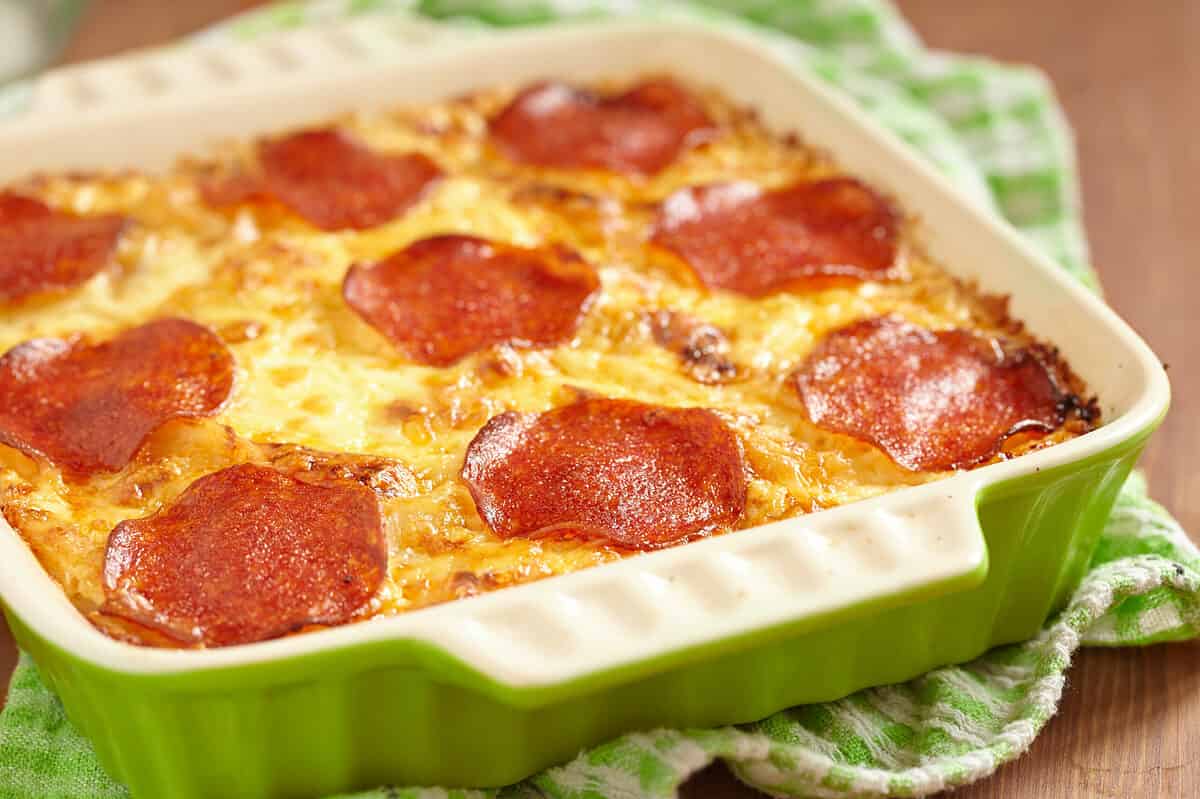
Shredded mozzarella cooks slowly without burning so the other toppings can cook.
©Elena Shashkina/Shutterstock.com
Why Shred or Grate Your Own Cheese?
Packaged pre-shredded/pre-grated cheese may be convenient, and we prefer saving time in the kitchen, but it isn't always the greatest option for certain recipes.
Almost all pre-shredded cheese brands contain cellulose, a flavorless ingredient that prevents the cheese strands from clumping and adhering together inside the bag. Another popular method for keeping the strands separate and dry is to use potato starch. Another additive, natamycin, suppresses mold growth.
These chemicals help to extend the shelf life of shredded cheese, but they also impact how the cheese melts. When melted, pre-shredded cheese isn't as smooth and shiny as shredded cheese from a block. This is also why chefs advise against using pre-shredded cheese—the cellulose prevents the cheese strands from staying together and making a creamy spread.
If you're making a cheese-heavy casserole, such as homemade lasagna, King Ranch casserole, or macaroni and cheese, you want the cheese to be as melty as possible. This is especially true while entertaining or during the holiday season and you want the meal to appear as appealing as possible. Shred or grate the cheese by hand in that scenario. Alternatively, ask a qualified kitchen assistant to do it – this is a terrific task for kids!
Storage of Shredded and Grated Cheese
If you have a stack of grated/shredded cheese left over, you will want to keep it as fresh as possible.
When the cheese gets too hot, it sweats, causing it to cling together in an unappealing lump. But how should grated cheese be stored? If you purchased grated cheese at the shop, it will include an anti-clumping ingredient to keep it from sticking together.
All that remains is to keep the cheese as fresh as possible in an airtight bag or container. This should be kept in the refrigerator, but check the “use by” date on the bag. To prevent clumping, add a sprinkle of cornstarch to the cheese that you have grated yourself.
Place the cheese in a Ziplock bag, add the cornstarch, and shake to distribute evenly. This will keep your grated cheese fresh and great for your next catering event.
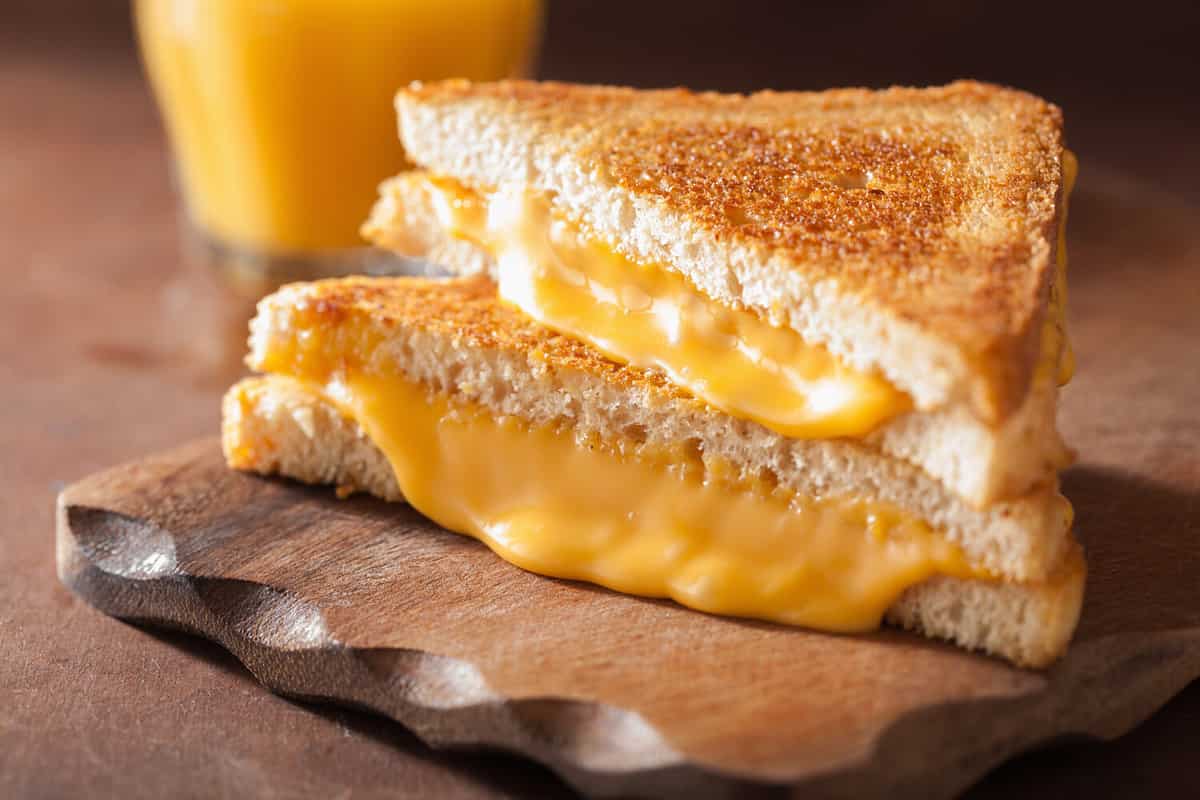
Unlike store-bought cheese, self-grated cheese easily melts into yummy goo between sandwiches!
©Olga Miltsova/Shutterstock.com
Is It Possible To Freeze Grated or Shredded Cheese?
If you have an excess of grated cheese or a good deal from the supermarket, you might be tempted to put it in the freezer to extend its shelf life. Is this, however, a good idea?
To begin, keep in mind that most cheeses already have a very long shelf life! This is especially true for hard cheeses like romano and parmesan, which may be kept in the fridge for up to a year.
When cheese is frozen, the texture changes and it does not taste as good as it does when it is fresh. As a result, it is best to only freeze cheese that will be used in cooking. When the cheese melts into your recipe, the altered texture will be hidden.
Shredded Cheese Recipes
- Peppery Cheese and Veggie Potato Skillet Recipe
- French Bread Cheeseburgers Recipe
- Ham and Cheese Cowpoke Pasta Dinner Recipe
Grated Cheese
- Cheese Tortellini in Ham Sauce Recipe
- Broccoli and Cheese Calzone Recipe
- Gratin Potatoes with Asiago Cheese and Broccoli Recipe
Conclusion
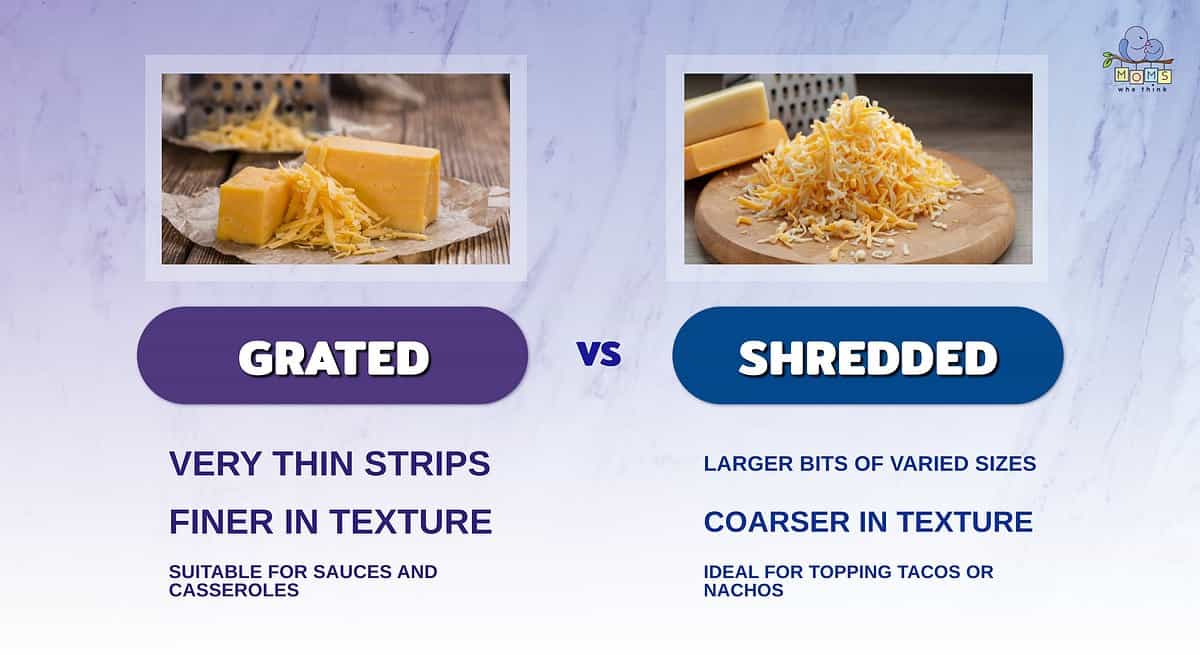
Not only is cheese a wonderful and versatile ingredient, but it may also improve the flavor, texture, and overall enjoyment of many foods. There are endless methods to include this delectable item in your culinary creations, from melting, grating, slicing, and shredding to using cheese as the star of the show. So, experiment with different types of cheese to find new ways to elevate your dishes to a whole new level!
PrintEasiest Mexican Casserole
- Total Time: 50 minutes
- Yield: 6-8 servings
Ingredients
- 1 (13 ounce) bag tortilla chips, divided
- 2 pounds lean ground beef
- 1 (10 ounce) can Mexican stewed tomatoes
- 1 (8 ounce) package shredded Mexican 4-cheese blend
Instructions
- Partially crush ½ bag of chips and place in bottom of a buttered 9-by-13-inch baking dish.
- Brown ground beef; drain.
- Add stewed tomatoes and the cheese and mix well.
- Sprinkle finely crushed chips over top of casserole.
- Bake uncovered at 350°F for 40 minutes.
- Prep Time: 10 minutes
- Cook Time: 40 minutes
- Category: Dinner
- Cuisine: Mexican
The image featured at the top of this post is ©Charles Brutlag/Shutterstock.com
